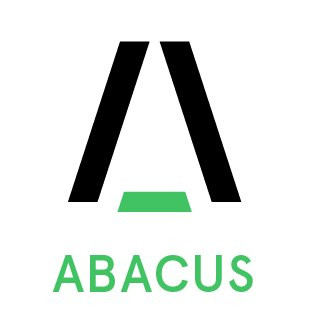Demystifying Medical Power Supplies: MOP, MOPP and MOOP
02-06-2015 | By Philip Lechner
Electrical safety for medical devices is governed by IEC/EN 60601-1, which details measures to guard against electric shock. Since the introduction of the 3rd edition of the standard, this situation has become a lot more complicated. Here’s a quick guide which explains the basics of electric shock protection as defined by the 3rd edition and how the means of protection relate to medical power supplies.
MOP: Means of Protection
Medical devices need one or more means of protection (MOP) to reduce the risk of electrocution. However, the 3rd edition differentiates between equipment that will likely come into contact with only the operator and those that will come into contact with the patient, with the patient requirements being tighter. The thinking behind this is that the operator will most likely be in good health and, therefore, less sensitive than a patient might be to electric shock. Also, the operator will have been trained to use the product, and it’s less likely that an electric shock will occur if the equipment is used properly.
The standard also specifies that in some situations, more than one MOP is required in case either fails. Commonly used MOPs include safety insulation, protective earth, a defined creepage distance, an air gap or other protective impedance (see table). Most medical power supplies today use combinations of these methods.
MOOP: Means of Operator Protection
MOOP stands for means of operator protection and is applied to situations where the equipment will not come into contact with the patient at all. For example, IVD (in-vitro diagnostic) devices which are used only in medical laboratories, such as centrifuges, are often classified as requiring MOOP only. In most cases, MOOP requirements will already be met by equipment conforming to IEC/EN 60950, which governs electrical safety for any equipment plugged into the mains.
MOPP: Means of Patient Protection
Any equipment used in a medical environment, in an area where patients could come into contact with it, requires at least one means of patient protection (MOPP). This includes everything from hospital beds and lighting to ultrasound scanners and MRI machines to defibrillators and dialysis machines. The highest level of protection specified in the standard requires at least two MOPPs.For power supplies, if an AC-DC supply has one MOPP but two are required, adapting the system architecture to introduce a DC-DC converter can provide an additional level of isolation and, therefore, an additional MOP. This can result in a bigger, less efficient and more expensive system, but it’s a quick and easy way to add a MOP in order to make a product conform, so it’s often a more popular idea than you might think.
MOPP or MOOP?
It’s up to the manufacturer to decide whether the equipment only requires MOP for the operator (MOOP) or whether more stringent patient levels are required (MOPP). If the manufacturer decides MOOP is enough, it will have to back up its reasoning with a risk assessment as per ISO 14971, which examines how likely it is that a patient will come into contact with the equipment. It may be tempting to try and get away with a MOOP power supply, as they are often cheaper than fully rated MOPP medical power supplies. However, the additional cost associated with adding isolation to ensure the equipment never touches a patient (even inadvertently) is seldom worth it. Making the right choice at the start of the design cycle is a much better approach and will save time and money in the long run.
Some medical equipment designers will always specify a power supply with two MOPPs, even if, strictly speaking, it doesn’t need them, despite the extra cost incurred. The theory behind this is that going for the highest level of protection significantly simplifies the qualification process for the product. The ISO 14971 risk assessment doesn’t need to be done, and there is no reason to design and implement measures to ensure the equipment doesn’t touch a patient.
'Medically Approved' Claims
Some manufacturers claim their power supplies are ‘medically approved’ or ‘suitable for medical use’. As we have just discussed, there are several different situations possible in the medical environment, so you really need to dig deeper. Some power supplies that are ‘medically approved’ may be intended only for lab equipment and therefore may not have sufficient MOPP for a medical device. Similarly, an ordinary non-medical supply could be fine for lab equipment which only needs MOOP. Beware of any vague wording such as ‘medically approved’ and take our advice: always check the data sheets for a description of the MOPs and make your own decision on whether a purportedly ‘medical’ power supply is safe for your equipment.

